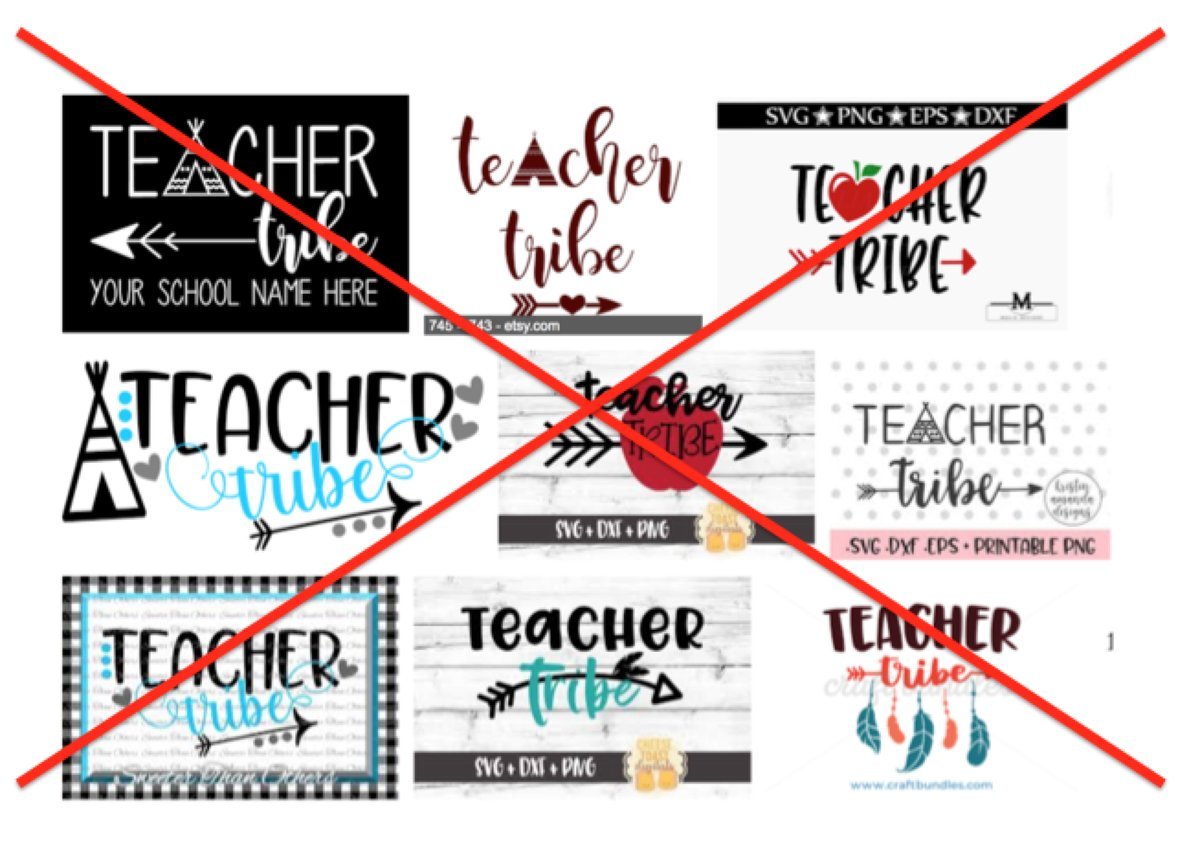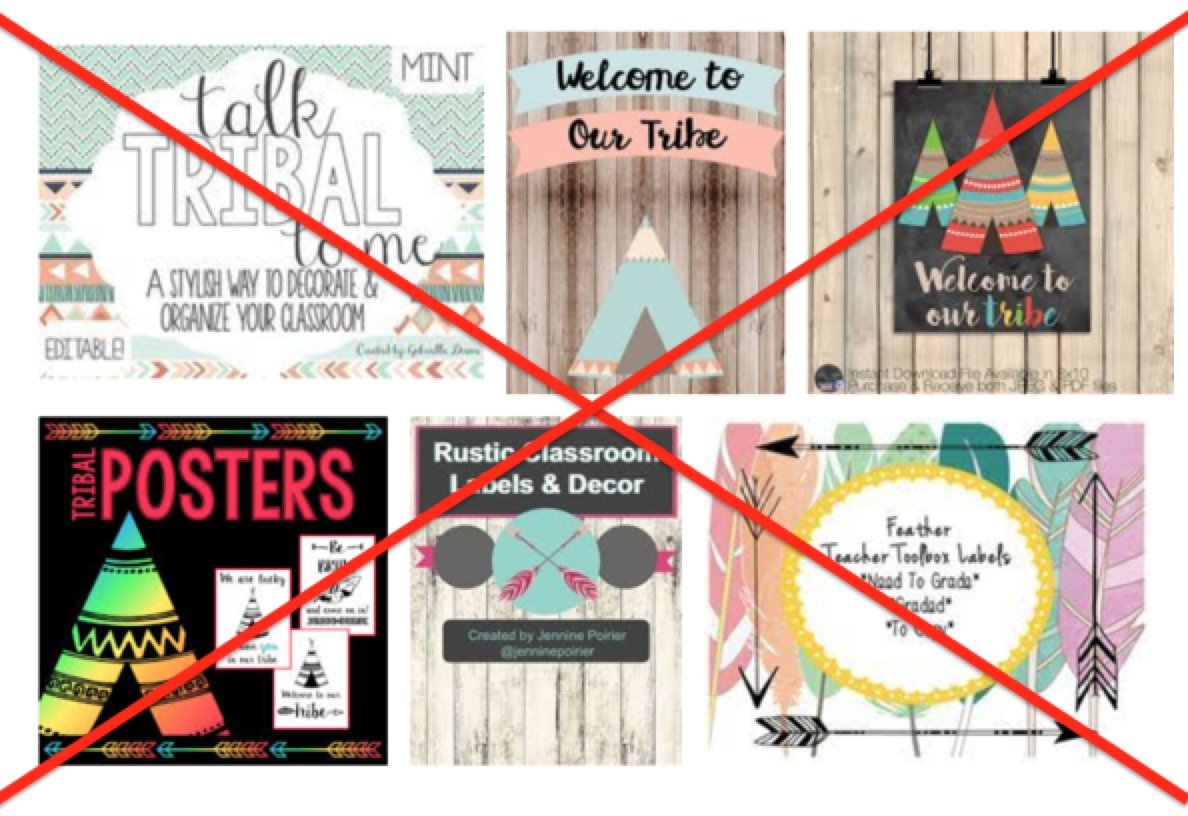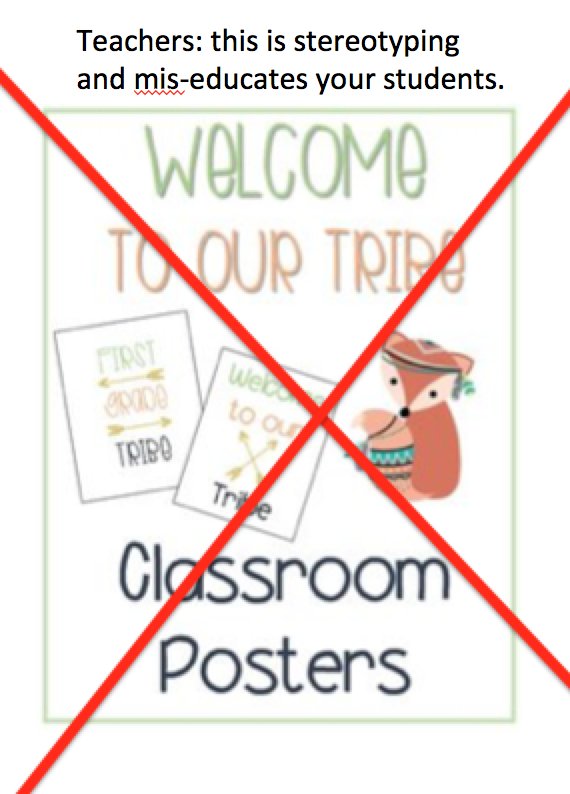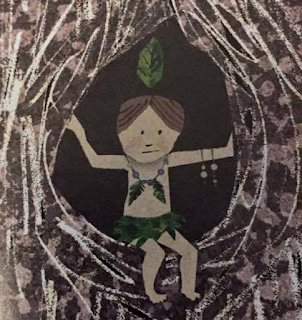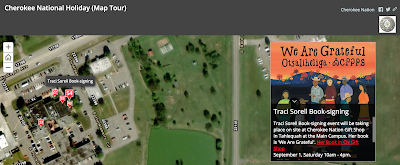A reader wrote to ask about Kirby Larson's Code Word Courage. Due out in 2018 from Scholastic, it is part of Larson's "Dogs of World War II" series. Here's the description:
Billie has lived with her great-aunt ever since her mom passed away and her dad left. Billie's big brother, Leo, is about to leave, too, for the warfront. But first, she gets one more weekend with him at the ranch.
Billie's surprised when Leo brings home a fellow Marine from boot camp, Denny. She has so much to ask Leo -- about losing her best friend and trying to find their father -- but Denny, who is Navajo, or Diné, comes with something special: a gorgeous, but injured, stray dog. As Billie cares for the dog, whom they name Bear, she and Bear grow deeply attached to each other.
Soon enough, it's time for Leo and Denny, a Navajo Code Talker, to ship out. Billie does her part for the war effort, but she worries whether Leo and Denny will make it home, whether she'll find a new friend, and if her father will ever come back. Can Bear help Billie -- and Denny -- find what's most important?
Kirby Larson is not Native. One of the characters in her book, Denny, is Navajo. With Code Word Courage she's creating words and thoughts of someone who is very different from who she is. Denny isn't a minor character. Code Word Courage is one of those books where the story is told in alternating chapters. Chapter one, for example, is Billie, and chapter two is Denny, then back to Billie for chapter three, and Denny for chapter four. Significant research has to be done in order for Denny's character to be an accurate depiction of a Navajo person of that time period.
From what I can see via the preview at Google books, I'm having doubts about it.
In chapter thirteen, Denny is with eighteen Navajo radiomen. They're all Marines, and they've got to prove to General Vandergrift that their code is useful. "Can we provide it?" a sergeant asks. They reply, "Sir, yes, sir." Denny wonders if any of them feel like they're back in their boarding school.
"He'd been a kid when he'd been taken from his mother and put with people who could see only skin color, nothing more."Skin color is not why Native children were taken from their homes and put in boarding schools. They were taken there as a way to destroy their identity as Native people of specific Native nations. The schools were designed to 'kill the Indian and save the man.' Skin color is not why kids ended up there. The government goal was to destroy Native identity and thereby, Native Nations.
Elsewhere, Denny is talking with Tito, a Mexican kid who wants to become an astronomer. He shows Denny a book that has an illustration of Cassiopeia's Chair. Pointing to the North Star, Denny tells Tito:
"In Navajo, we call that star Northern Fire."That doesn't quite make sense. As written, it suggests he is going to tell Tito the Navajo word for that star. Instead, he tells him the English translation of the Navajo word(s) for that star.
There are 34 chapters in Code Word Courage. Most of them alternate from Billie to Denny. If I get a copy of the book, I'll be back with a more complete review.





